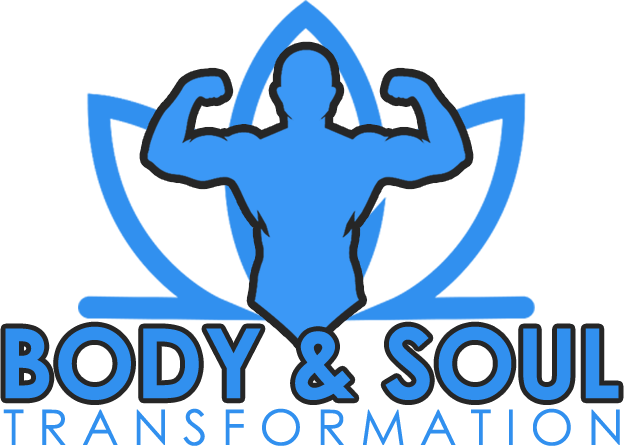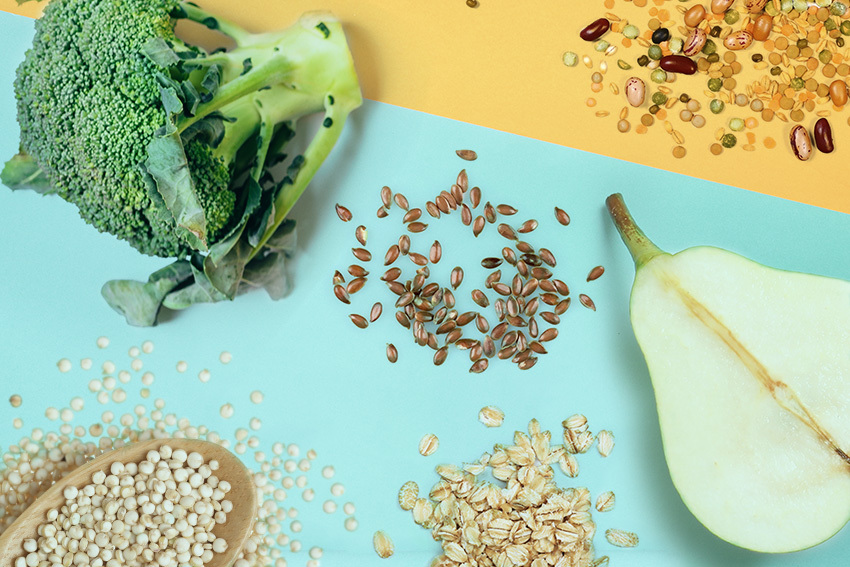Fiber is an important product for modern people.
We live in a world where food is absorbed fast, the body does not have time to adequately respond to the increase in sugar after eating refined and high-calorie food.
Sugar rises slowly with two components:
- Fat
- Fiber
Pure protein must necessarily be “diluted” with fats and vegetables and other vegetable products (preferably fresh). Some amino acids also turn into glucose. It can be a delayed increase in sugar after a decent portion of lean protein.
Types of fiber:
Soluble fiber.
Helps to balance the pH of the intestine, prevents constipation, improves the absorption of nutrients. Food for beneficial bacteria.
Insoluble fiber.
Does not dissolve in water, is not fermented by bacteria. It’s just a kind of mechanical stimulator of the intestine.
Best sources of fiber:
1. Avocado. A good source of potassium, vitamins E and C, B6, folic acid.
2. Pears. A source of vitamin C, vitamin K, and potassium. Digestive stimulant.
3. Different berries. Vitamins A, C, E, K, folic acid, minerals (manganese, potassium). Useful antioxidants.
4. Coconut. Coconut flour is a very good choice for alternative baking.
5. Figs. Dried fruit is probably too sweet, but fresh contains not so many calories and a huge amount of nutrients: potassium, pantothenic acid (B5), copper, B6.
6. Peas. In 150 grams of cooked food – about 9 grams of fiber.
7. Pumpkin. A source of vitamins A, C, K, calcium, iron, zinc, magnesium and phosphorus.
8. White cabbage. Source of vitamins C, K, B2, B6, B1, folic acid, manganese.
9. Beans. Contain good vegetable protein, thiamine, magnesium, phosphorus, folic acid.
10. Chickpeas. Protein, copper, folic acid, manganese, and even omega-3 and omega-6 fatty acids.
11. Lentils. A source of protein, iron, folic acid and phosphorus.
12. Nuts. Vitamin E, magnesium, riboflavin, a good set of omega-6 fatty acids.
13. Flax seeds. A source of protein, thiamine, manganese, phosphorus, magnesium, copper, and omega-3 fatty acids.
14. Chia seeds. For lovers of jelly and all sorts of puddings. A source of phosphorus, calcium, manganese, and omega-3 and omega-6 fatty acids.
15. Quinoa and buckwheat. A source of iron, vitamin B6, magnesium and potassium.
16. Bananas. A good source of potassium, vitamin B6, and manganese. But, I would say, too much sugar.
17. Oatmeal. A source of manganese, thiamine, phosphorus, selenium, magnesium, iron, and zinc.
Main fiber benefits
1. Weight loss. Foods high in fiber are absorbed slowly and provide a long satiety, protect against spikes in blood sugar. Appetite decreases naturally.
2. Support for the heart and blood vessels.
4. Normalization of blood sugar levels. Studies have linked fiber intake to a 20-30% reduction in the risk of developing type 2 diabetes.

